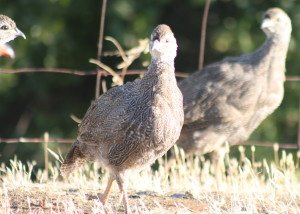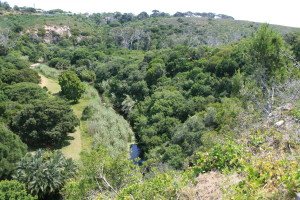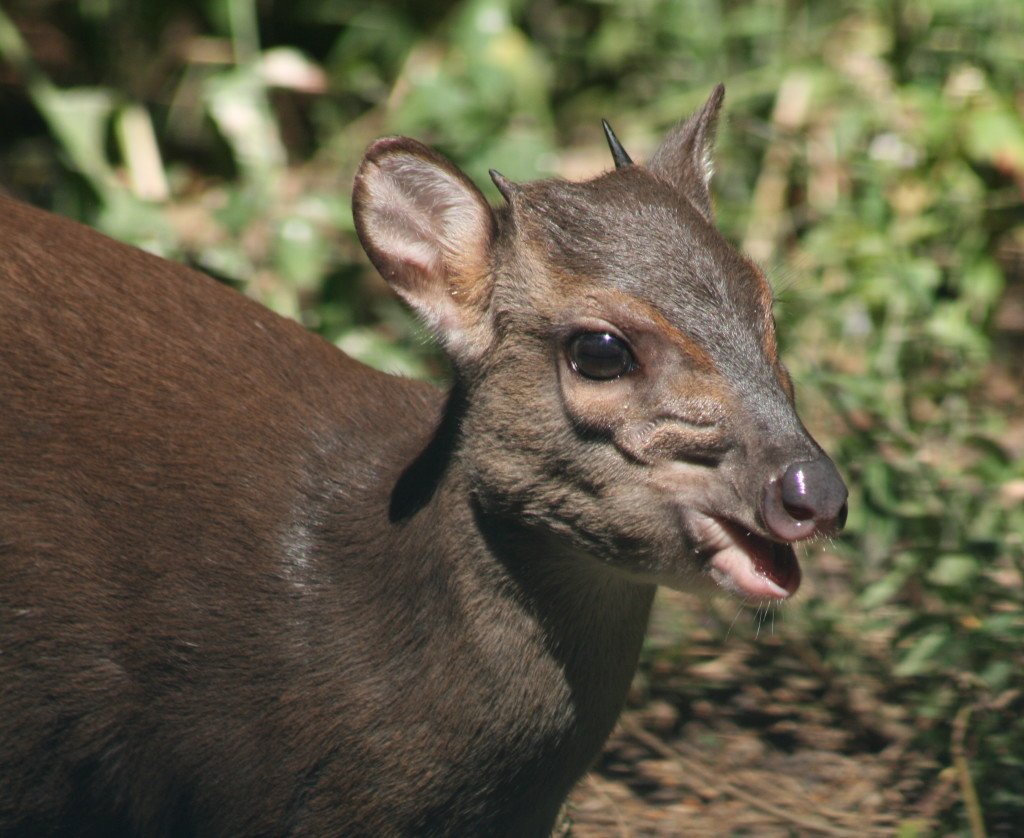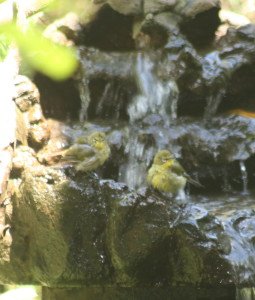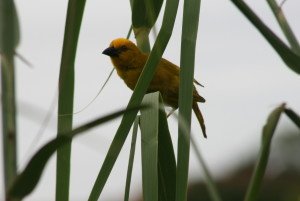Tygerberg Nature Reserve 0
The Tygerberg Nature Reserve conserves nearly 300 hectares of Renosterveld, the only refuge of this critically endangered member of the unique Cape Floral Kingdom still surviving in the South-Western Cape.
Renosterveld is an amazingly diverse habitat featuring numerous shrubs and scrubby trees and, historically, a very high grassy component. In fact, many scientists believe that, before European settlers brought their stock and overgrazed the area, these were the grasslands of the Cape, boasting large herds of game, including the now extinct Bluebuck and Quagga, as well as the Bontebok, which was reduced to just 17 wild animals before being rescued as a species.
The scenic reserve, which most visitors to Cape Town fly over en route to the airport, boasts several walking paths and the Induli Trail winds its way up from the Plattekloof entrance to the top of the hill, where there is a picnic site and several tall Eucalyptus trees.
One does not usually enjoy the sight of alien vegetation in nature reserves, particularly in the light of the damage done to the globally threatened Renosterveld by the planting of vines and wheat, but these Blue Gums are a great magnet for raptors.
And on this occasion there was a small group of a raptor species that is scarce in the South-Western Cape using them as a perch.
Lesser Kestrels are generally a species of dry grasslands so in the South-Western Cape they are occasionally found in Renosterveld, which is, after all, the grasslands of Cape Town, once again showing the importance of this narrow strip of fertile vegetation that lies between the Fynbos of the mountains and the Strandveld of the coast.
Eucalyptus trees are actually closely associated with Lesser Kestrels because it is they that almost always host the communal roosts of thousands of birds close to little Karoo or Highveld towns in central South Africa, where the large migrant flocks congregate in their preferred open habitats.
There were just a handful on this sunny and warm January afternoon in Tygerberg, wheeling away on the cooling wind and then returning to their perches.
Jackal Buzzard is a more typical raptor of the Tygerberg Hills and soon after setting off on the trail, one became visible sitting on top of the power pylons and later perching on top of another alien, the pine tree.
A friendly Fiscal Flycatcher greets one at the entrance gate while Little Swift, Pied Crow and Whitethroated Swallow are the other birds seen catching the breezes blowing over the tops of the hills.
The Southern Doublecollared Sunbird is another bird that is particular to hanging around Eucalyptus trees, but with plenty of flowers around in the reserve, they were seen all over and I had a particularly nice sighting of a female.
The Cape Quartet of Cape Weaver, Cape Turtle Dove, Cape Sparrow and Cape Francolin were all seen, with the Francolin way more elusive than the others. I also heard Cape Robin around, but there are nine other ‘Cape’ birds recorded for Tygerberg Nature Reserve which I saw no sign of sadly.
On the way back down the hill, a solitary Bontebok was plodding along, reminding one of what is at stake in these threatened habitats. Recently re-introduced, this endearing, beautiful antelope was hunted to the verge of extinction but has now recovered to a few thousand in number, with 11 of those in Tygerberg Nature Reserve where it was absent for almost a century.
Where is Tygerberg Nature Reserve?
Sightings list
Fiscal Flycatcher
Jackal Buzzard
Cape Weaver
Little Swift
Fiscal Shrike
Cape Turtle Dove
Cape Sparrow
Redeyed Dove
Cape Francolin
Blackheaded Heron
Pied Crow
Lesser Kestrel
Whitethroated Swallow
Southern Doublecollared Sunbird
Bontebok
![IMG_2021[1]](http://kenborland.com/wp-content/uploads/2018/04/IMG_202111-e1524399623775-300x222.jpg)
